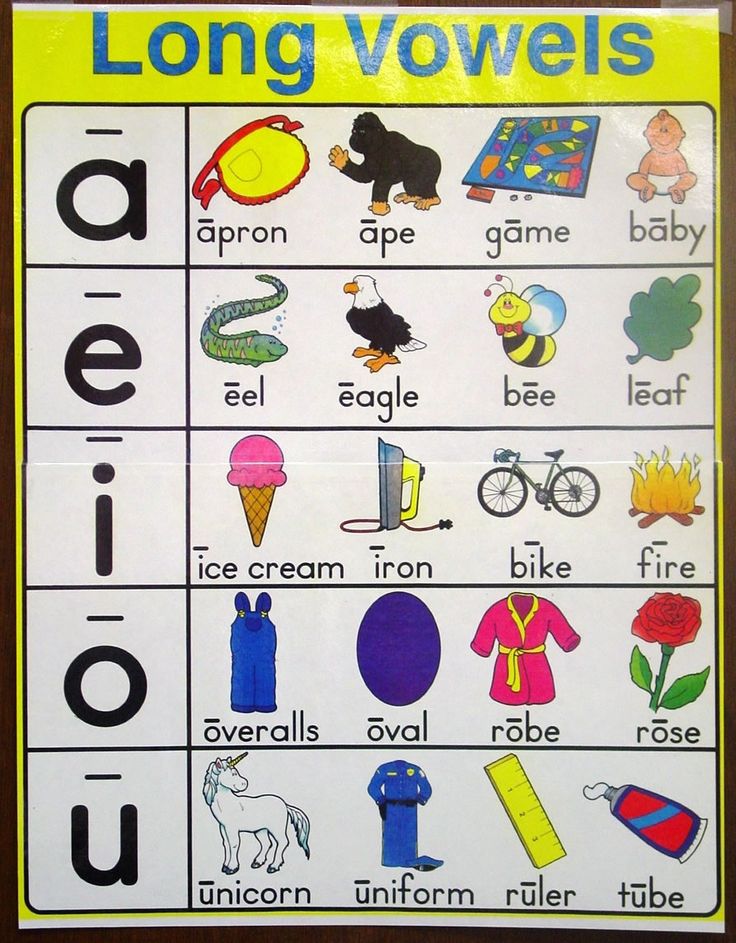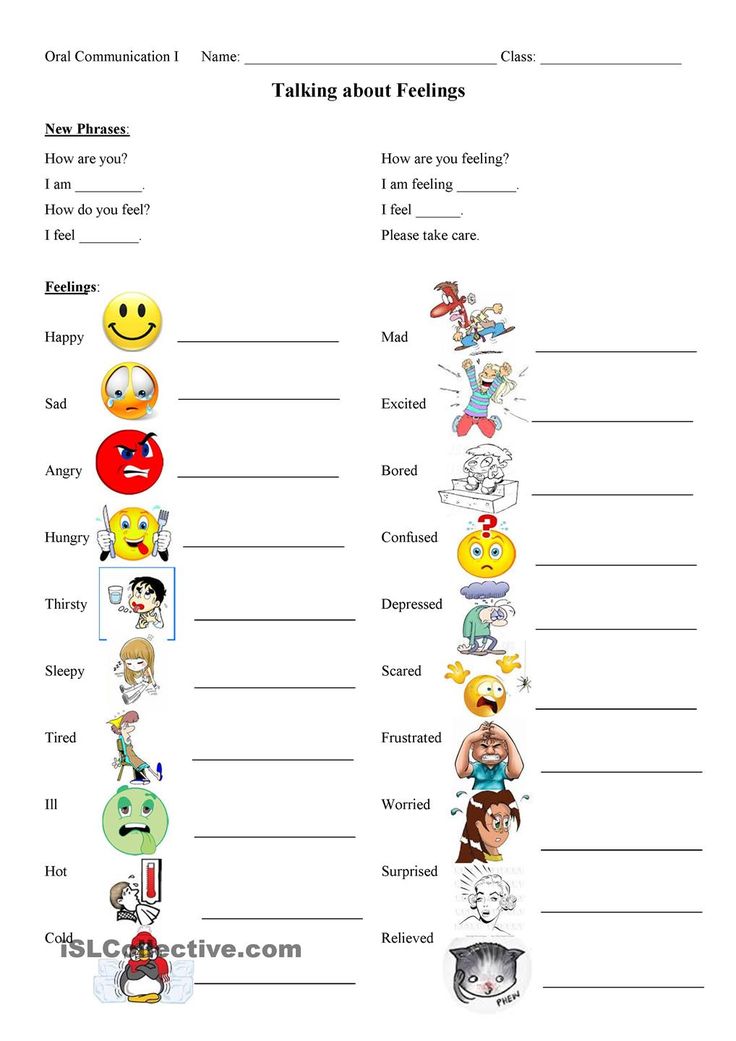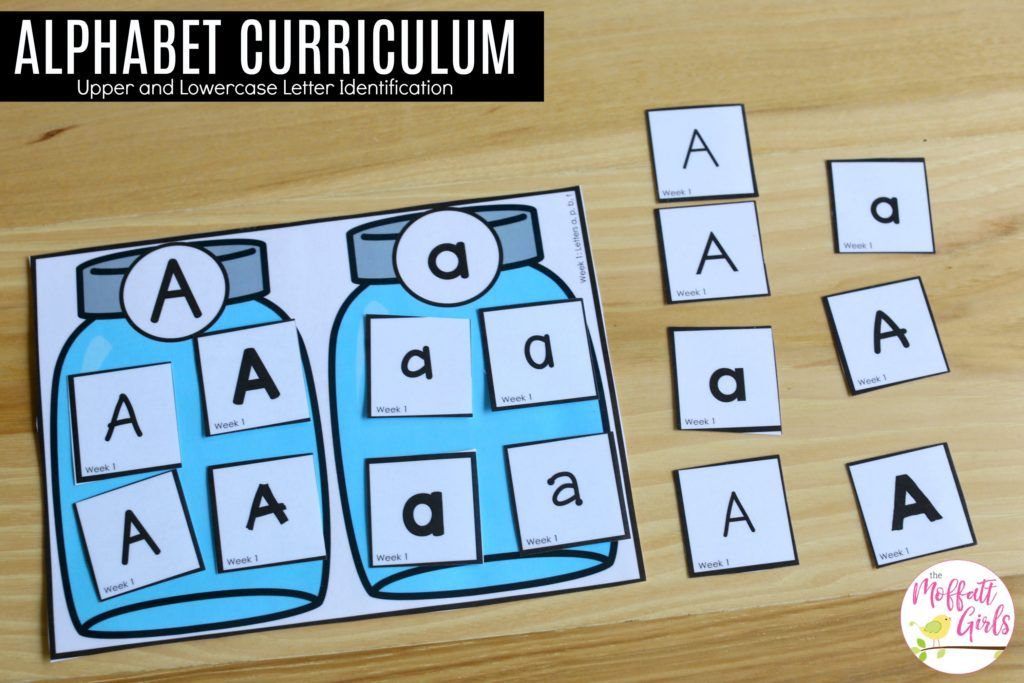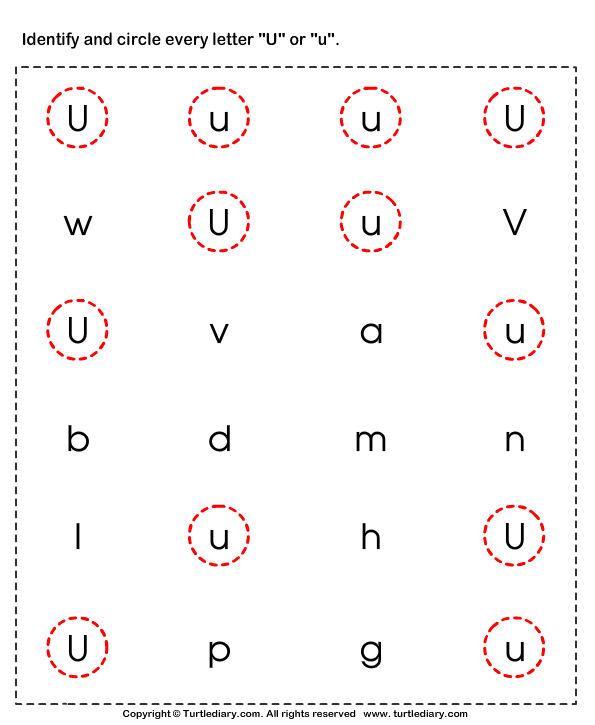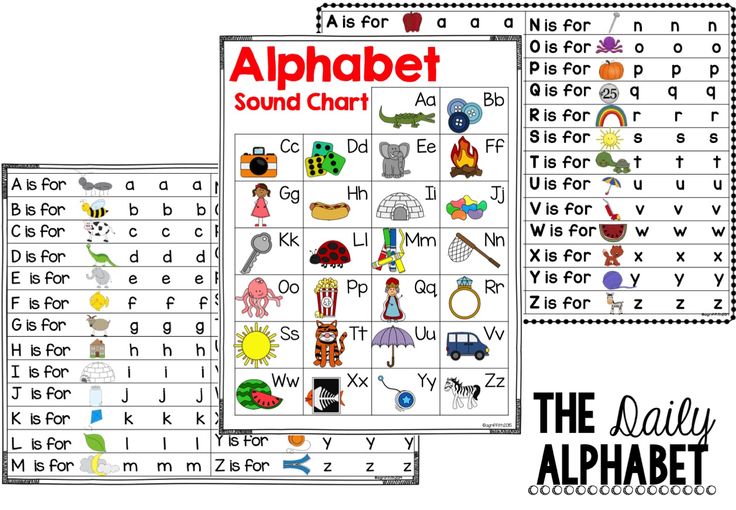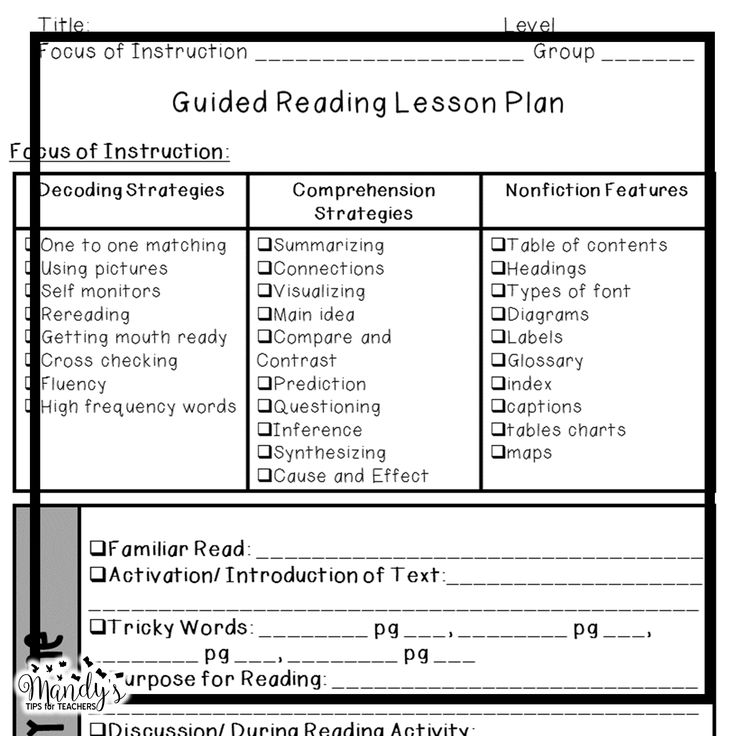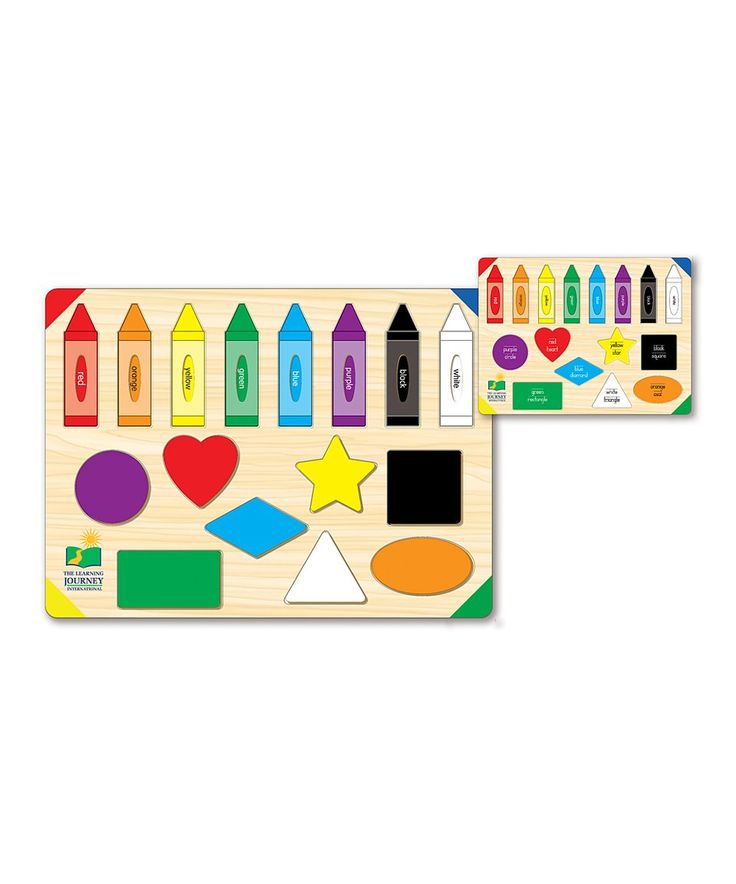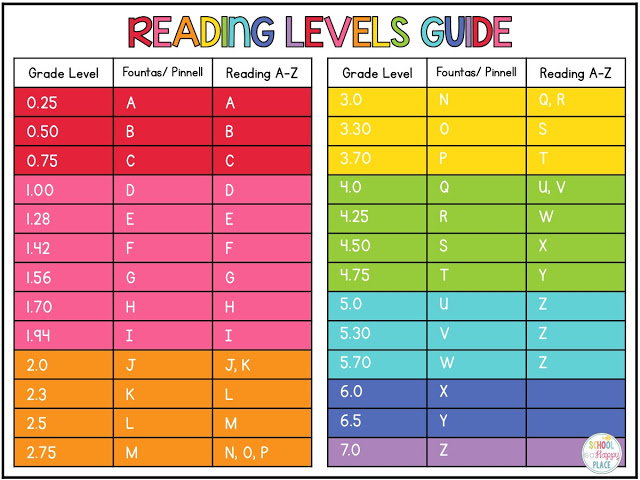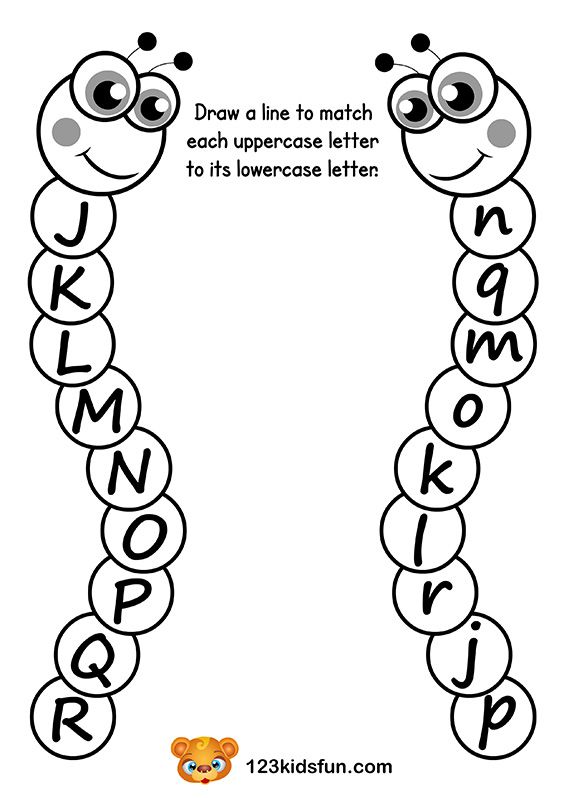Teaching short and long vowels
Top Tips for Helping Children Distinguish Between Short and Long Vowel Sounds
Phonics and Word Study
One question that comes up in discussion among OG colleagues more than just about anything else is about students that are having difficulty distinguishing vowel sounds. Sometimes they struggle with two similar short vowel sounds. Sometimes they have difficulty distinguishing between short and long vowel sounds. We are always looking to add to our bag of tricks to find the method that will connect the dots for that particular child. Those different ideas often fit into one of the following ideas.
1.
Add hand motions or movements to distinguish between sounds.What better way to increase the effectiveness of multisensory instruction than making it MORE multisensory? When the typical multisensory techniques of sorts and tracing are not enough, adding simple hand motions or gestures can solidify the vowel sounds for children who are struggling the most. Taking advantage of muscle memory and the power of kinesthetic learning is not only effective, but engaging for students.
2.
Use history!For students that thrive in knowing the whys, the history of English vowels can be helpful and interesting. Up until Middle English, the short and long vowels were literally the same sound with a different duration. Over the course of about 200 years, the long vowels changed their pronunciation to be made higher in the mouth and often further back.
This change, although not overnight. It was dramatic enough to be noticeable and really marks the difference between Middle English and Early Modern English. The invention of the printing press and the resulting solidification of spelling was happening at about the same time. This means that while our spelling became frozen in time, the pronunciation was continuing to evolve. Not only does this explain the reasoning behind the names for short and long vowels, but it also explains some of the oddities of English spelling including why some phonograms have multiple pronunciations.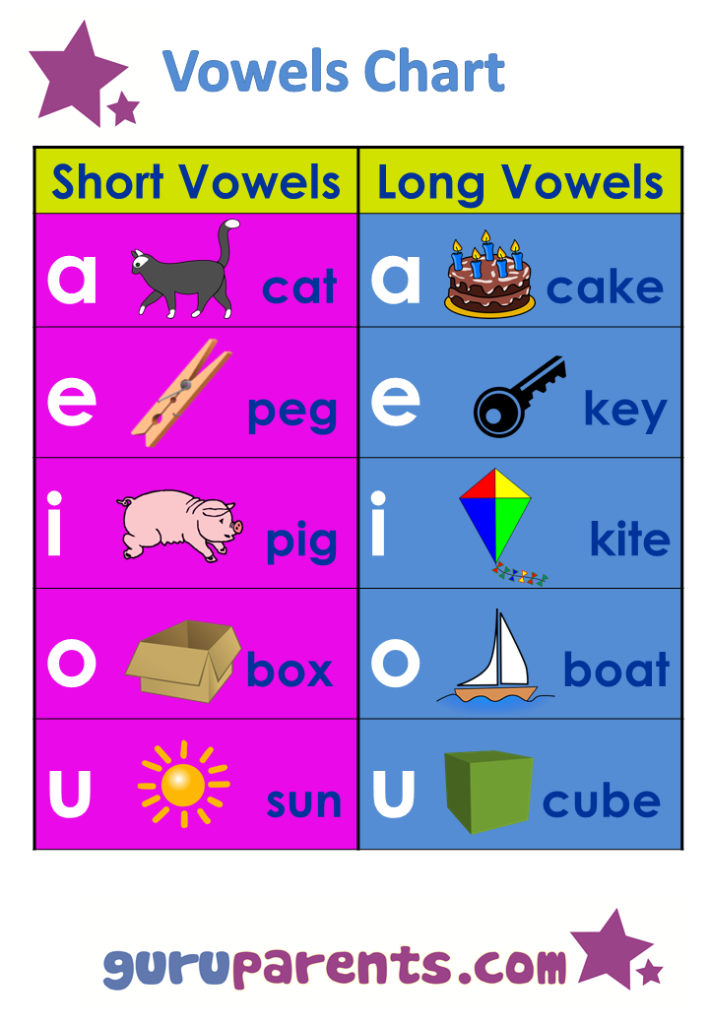 Teaching children some of these basic facts about the history of English is incredibly empowering! Your students will know more about the language than their peers and teachers and geek out about language with you.
Teaching children some of these basic facts about the history of English is incredibly empowering! Your students will know more about the language than their peers and teachers and geek out about language with you.
3.
Keep it simple and use keywordsMany students just need a quick prompt with a keyword from the phonogram deck. By being consistent about the keywords you use with a particular student, the student becomes more able to use that small prompt efficiently and effectively. Read Fresh Ideas For Phonogram Card drills for lots more ideas.
4. Use sound pictures and a mirror for mouth position.Taking some time when learning vowel sounds to really pay attention to what the mouth is doing can really help students who may have difficulty discriminating sounds using only their auditory discrimination skills. These observations may include tongue placement, lip placement, how wide open one’s mouth is, and any role the teeth play in making the sound.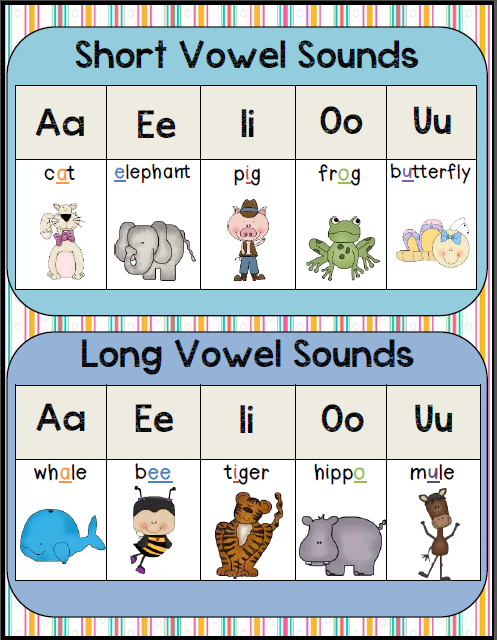 This is particularly useful for very similar sounding vowels. It can be easier for a student to feel the difference at first or to see the difference in your mouth when you say a sound than it is for them to hear the difference. Using keyword pictures as part of the phonogram deck is valuable for enabling students to engage in strategic auditory discrimination. Pictures are also very useful for conducting sound sorts and reinforcing auditory discrimination skills.
This is particularly useful for very similar sounding vowels. It can be easier for a student to feel the difference at first or to see the difference in your mouth when you say a sound than it is for them to hear the difference. Using keyword pictures as part of the phonogram deck is valuable for enabling students to engage in strategic auditory discrimination. Pictures are also very useful for conducting sound sorts and reinforcing auditory discrimination skills.
5. Teach closed and open syllables with a house with a door that opens.
The physical act of opening the little door reinforces the way in which the consonant at the end of a closed syllable shortens the vowel sound. Using the door of your tutoring room with the beginning of a word on the doorjamb and the final letter on the door itself is another hands on way to practice the recognition and reinforce vowel sounds and syllable concepts. For some students, practicing as both a gross and fine motor movement is extremely helpful to memory.
6. Use diacritical marks and code with children.
It is beneficial to have student code at least a few words during each lesson and to code words that cause them difficulty. Marking long vowels with a macron and short vowels with a breve reinforces the student’s ability to recognize and use these marks effectively. Frequent modeling of their use and learning to identify vowel sounds using these symbols is extremely beneficial.
7.
Use contrast cards.Using an array of words with either two short vowel sounds or a short and long vowel sound, have children quickly identify the vowel sound in each words. This activity is not for decoding the entire word, but for increasing a student’s efficiency at recognizing and decoding vowel sounds. The goal is both a high degree of accuracy and fluent responding.
8.
Reinforce consistently through questions.There is a great deal of reinforcement that can happen during the phonogram drill or by asking deliberate questions during the lesson.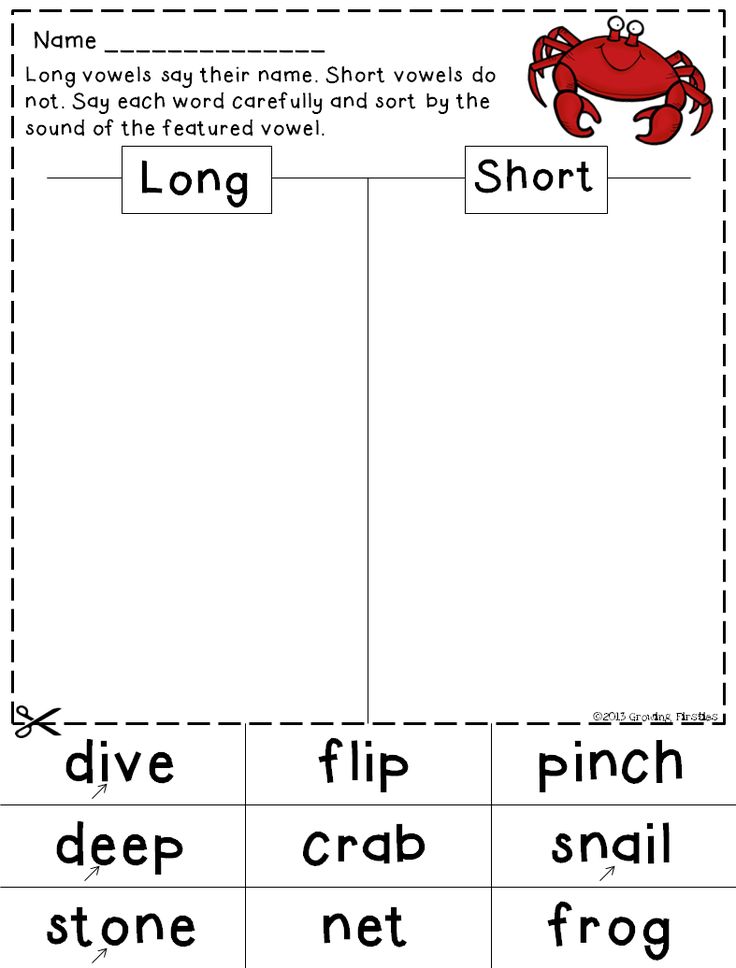 For example, showing the e-card, “Is this a consonant or a vowel? Which sound is the short sound?” Or for a diphthong such as oi, “Is this vowel team long, short or something else?” Using diacritical marks is another great time to use reinforcing questions. “Is that vowel long or short? How do we mark a long vowel? Do you know what that mark is called?” One can gradually move from modeling the language of macron and breve or modeling the marking of vowels to prompting for the student to do so.
For example, showing the e-card, “Is this a consonant or a vowel? Which sound is the short sound?” Or for a diphthong such as oi, “Is this vowel team long, short or something else?” Using diacritical marks is another great time to use reinforcing questions. “Is that vowel long or short? How do we mark a long vowel? Do you know what that mark is called?” One can gradually move from modeling the language of macron and breve or modeling the marking of vowels to prompting for the student to do so.
Vowel discrimination is challenging for many of our students, but becoming proficient and accurate will serve them well as they become more confident and skilled readers and writers.
TPT is having a sitewide sale! Enjoy up to 25% off everything in my store with promo code FEBSALE21.
Thank you for stopping by my blog today!
Share:
Post Tags: #long vowels#Phonics#short vowels
Similar Posts
Assessments | Nonsense Words
Tips for Teaching Nonsense Words
What are nonsense words? Nonsense words are words that follow the patterns and rules of English, but are not actual words. Just like real words, nonsense words must contain a vowel, use real vowel patterns or consonant blends. For example, crob could be a nonsense word, but xzyml could not. By using the sounds of…
Just like real words, nonsense words must contain a vowel, use real vowel patterns or consonant blends. For example, crob could be a nonsense word, but xzyml could not. By using the sounds of…
Read More Tips for Teaching Nonsense WordsContinue
Phonics and Word Study | Spelling
Jobs of The Letter Y
If you were to write a job description for yourself, chances are it would be full of many varied types of tasks of varying complexities. As an educator, you wear many hats. You fill many different roles in the lives of your students and in the culture of our schools. Like human jobs, phonograms have…
Read More Jobs of The Letter YContinue
Syllables
7 Steps for Teaching C+LE Syllable Division
This post about C+LE syllable division is the next in our series on syllable division. The easiest and most common type of syllable division is the division between consonants. The next most common are V/CV syllable division and VC/V, also discussed previously.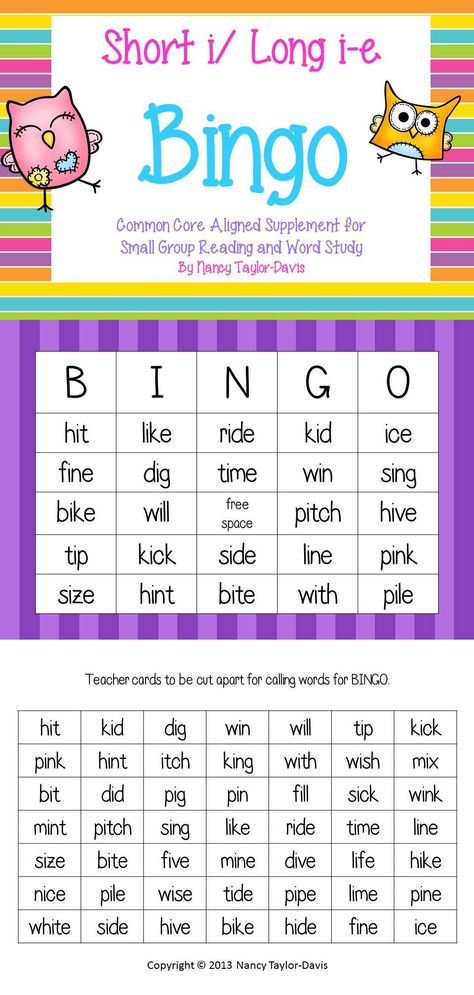 Check out the previous posts in this series: Syllable Division Between Consonants 7…
Check out the previous posts in this series: Syllable Division Between Consonants 7…
Read More 7 Steps for Teaching C+LE Syllable DivisionContinue
How To Help Your Child Learn Long And Short Vowel Sounds
It’s not uncommon for children to struggle with vowels. Most kids actually pick up consonant pronunciations much more quickly. Why is that?
One of the challenges with vowel sounds is that they can’t exactly be “felt” in the mouth. With consonants, kids can feel the friction created while using their tongue, lips, or teeth to produce the sounds. To produce a vowel sound, you only need to adjust the shape of your mouth.
Then there’s the challenge of distinguishing between long and short vowels or two similar vowel sounds. In a nutshell, learning vowels can be a monster!
But have no fear; we’re here to help! We’ve compiled a step-by-step guide you can use to help your child finally connect the dots with both short and long vowel sounds.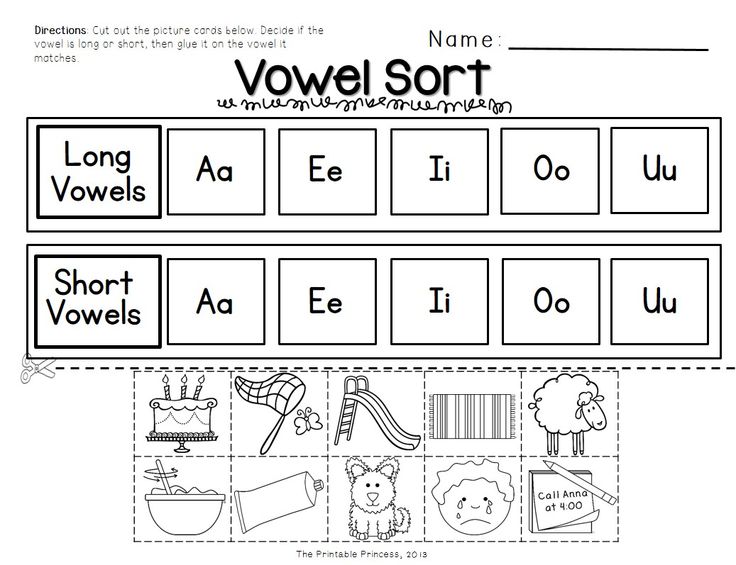
When Is Your Child Ready To Learn Vowels?
It’s challenging to teach your child vowel sounds if they cannot hear them. This is why one of the most important signs showing that a child is ready to learn vowel sounds is when they can hear the vowel sounds in simple words.
For instance, let’s say your child tries to spell a simple CVC (consonant, vowel, consonant) word like “cat.”
Even if they may misspell the word by writing “cet” instead of “cat,” this is still a beautiful moment, so celebrate it to the fullest because it indicates that your child can hear that there’s a letter between the C and the N.
If you feel that your young learner is developmentally ready to start learning more about vowels, how can you help? Let’s take a look.
Tips For Teaching Short Vowel Sounds
Since short vowels have more consistent spelling, this is a great place to start when teaching your young learner.
1) Begin With The Names Of The Vowels
Teaching your child A, E, I, O, U is the first step in helping to familiarize them with vowels. We recommend taking these one vowel at a time to avoid overwhelming your young learner.
We recommend taking these one vowel at a time to avoid overwhelming your young learner.
The good news is that there are various tactics you can use to help your child remember their vowels.
Besides sounding them out, you can also help your child create three-dimensional letters with something as easy and accessible as PlayDoh. To help emphasize the differences between the letters, use a different color for each vowel.
As your child feels and creates vowels, more of their senses will be engaged, and this will help them get familiar and comfortable with the five vowels and their sounds.
2) Differentiate Between The Vowels
This point on our list is connected to the previous one. Still, it deserves its own emphasis because it can be easy for children to struggle with differentiating between the vowels.
The example we used earlier of a child spelling “cet” instead of “cat” is pretty common, especially when you consider how similar the sounds are to each other. This is why it’s important to make the letters distinct.
This is why it’s important to make the letters distinct.
To add some fun into your child’s learning, you might consider using stick puppets made with the five vowels. Simply attach a printout of each letter onto a popsicle stick, and then let your imagination run wild!
A can go to the store with E; I can head out to the beach with O; and so on. While acting out your scene, remember to emphasize the difference between the letters and keep sounding the vowels out clearly.
3) Introduce Word Families For Simple CVC Words
Word families can be described as a group of words that have a common pattern or features. Helping children learn these allows them to spell and sound out related words.
For example, a child who learns the word family -at, will have an easier time spelling cat, mat, hat, etc.
Remember to take it one word family at a time. This will help prevent your child from feeling overwhelmed with all the new information.
Here are some activities we recommend for working on word families:
- Say a word like “hat” and ask if it has the /a/ sound or the /i/ sound. Focus on sounding the letters out, not writing them, so your child can hear the differences better.
- Say two words and ask which has /o/ as the middle sound.
- Make a Tic-Tac-Toe board and put a vowel in each cell. Before placing their mark in a cell, your child will need to identify the vowel with its short sound.
- Sound out CVC words by emphasizing the phonemes. For example, say /t/…/a/…/p/… and then blend together into tap.
- Place a t and a p with a space in-between. Ask your child to fill in the missing letter that will help form “top.”
- Switch the vowels. For this, you can play with magnetic letters. Ask your child to turn “tap” to “tip” and then to “top.”
Here are some great words with short vowel sounds to practice at home:
Short “A” Sound Examples:
- Cap
- Bat
- Bad
- Cat
- Dad
- Lap
- Tap
Short “E” Sound Examples:
- Bed
- Get
- Pen
- Bet
- Wet
- Fed
- Net
- Ten
Short “I” Sound Examples:
- Bin
- Sip
- Tip
- Zip
- Did
- Fit
- Nip
- Win
Short “O” Sound Examples:
- Rod
- Cod
- Jog
- Dot
- Fog
- Mop
- Pot
- Top
Short “U” Sound Examples:
- Bun
- Cut
- Pup
- Sun
- Sum
- Run
- Fun
- Hug
Tips For Teaching Long Vowel Sounds
1) Form Long Vowel Sounds
Although long vowel sounds are typically easier for kids to learn, we normally teach short vowels first.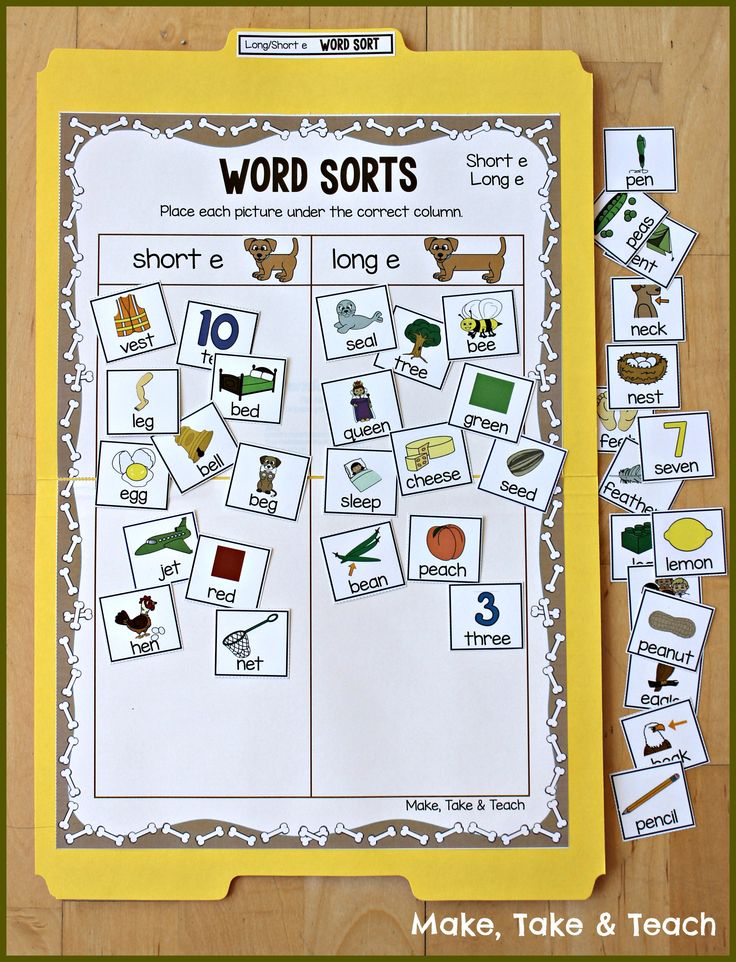 Why is that? It takes two vowels to make a long sound, and this can be tricky for kids to understand at first.
Why is that? It takes two vowels to make a long sound, and this can be tricky for kids to understand at first.
To get started with long vowel sounds, we begin teaching the silent e. It’s important for kids to understand that every vowel will change its sound when a silent e is put after the CVC form of a word.
For instance, if you put an e after the CVC word tap, the word changes to tape, and the vowel sound produced changes.
To help your child grasp this concept, begin with phonemic awareness. Ask them:
- Are tap and tape the same?
- Say the individual sounds slowly — t-a-p and t-ae-p.
- What changed?
You can also use magnetic letters to help illustrate the power of the silent e.
First, show your child the letter a. Make the short sound and then explain that you will give the power to its own name. Who can give the power? E! Tap the magnetic e on the magnetic a, adding it to the end of the word after, and — voila! — you now have a new word.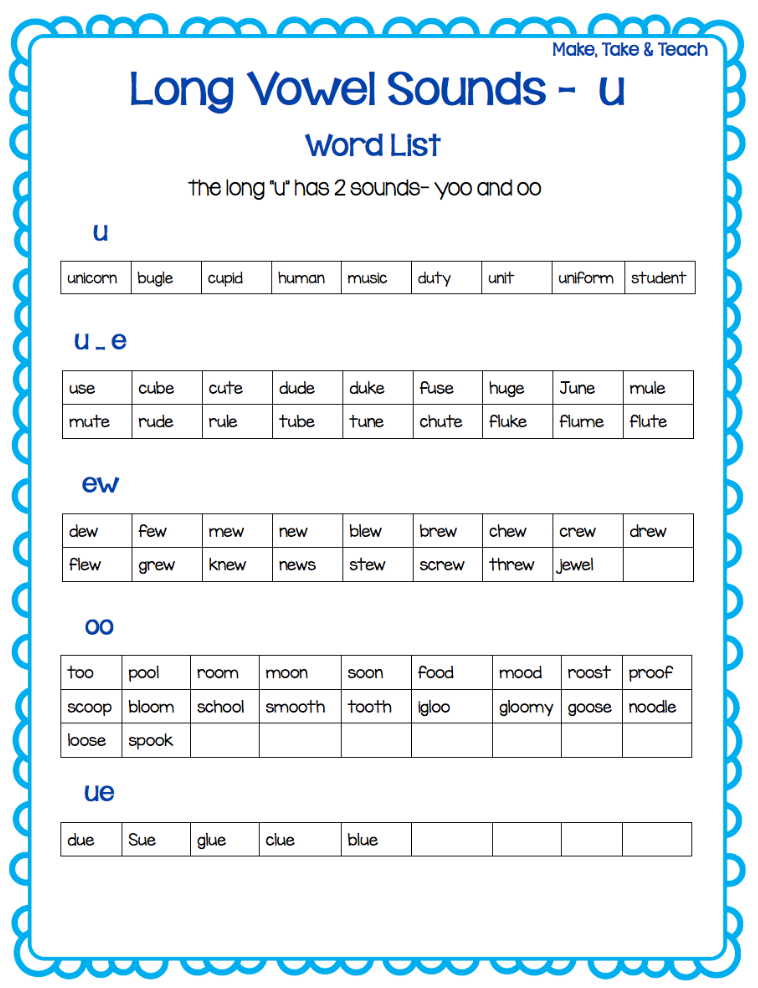
Using magnetic letters, you can then change tap to tape, bit to bite, dot to dote, and so on. While your child will hear that the sound changes, using magnetic letters will help them see what vowel contributes to the change in sound.
You can also use flip cards to demonstrate this concept. Fold the last eighth or so of an index card, and then write a CVC word, like tap, on the unfolded part and an e on the folded part. When you unfold the card, the word will change from tap to tape!
Note: The long o and u sounds can be a bit more complicated, so we recommend holding off on those until your child has gotten a good grasp on the others.
2) Correct The Spelling
To help your child gain a better understanding of long vowel sounds, why not play a game to help strengthen their knowledge?
To play this game, show your child the incorrect spelling of a CVC word and have them correct it. For example, using magnetic letters, spell out f-i-n-o but pronounce it as fine.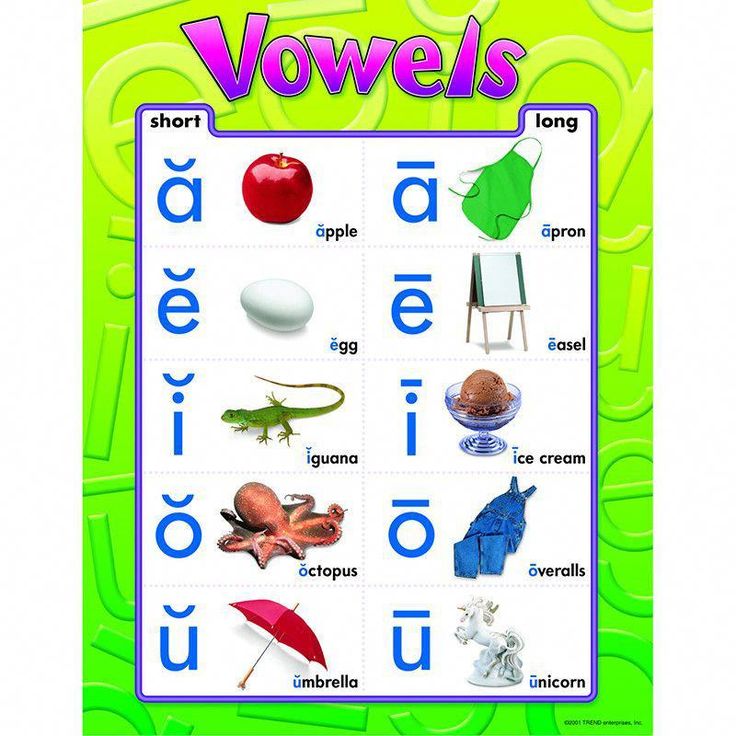 Now your child, who’s learned the power of the silent e, will be able to replace the o with an e.
Now your child, who’s learned the power of the silent e, will be able to replace the o with an e.
Here are some great words you can use for this activity:
Long “A” Sound Examples:
- Bake
- Lake
- Fame
- Date
- Fate
- Cake
- Make
Long “I” Sound Examples:
- Hide
- Fine
- Time
- Line
- Mine
- Pine
- Wife
- Ride
Long “O” Sound Examples:
- Joke
- Rose
- Woke
- Poke
Learning Vowels One Day At A Time
Learning vowels can be challenging for children. That’s why it’s important to take it one day at a time.
Help your child learn their basic vowels, start with the short CVC words, and then after some practice, help them nail the long vowel sounds, which are a little trickier.
Using the right strategy, you can give your young learner the confidence to face any unfamiliar word they may come across during reading activities.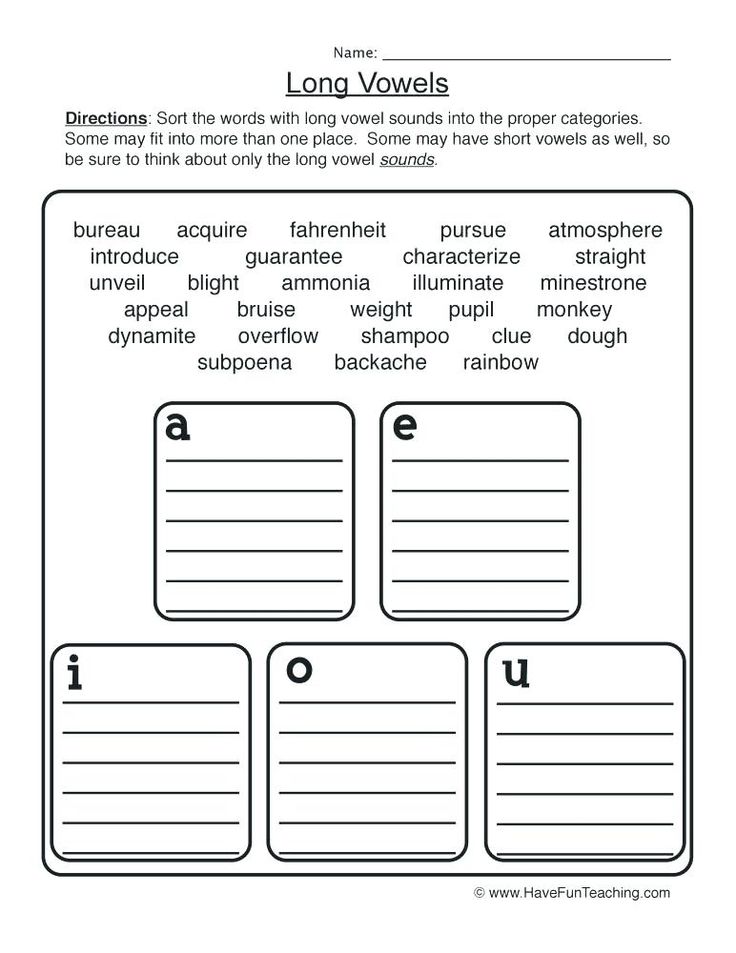
With the help of the HOMER Learn & Grow App, continue exposing your child to all sorts of stories and reading activities. This will not only help them with their vowels, but it will also set a solid foundation for their literacy journey!
Author
Long and short vowels in English
Longitude is one of the characteristics of a vowel sound, which shows the relative duration of its sound compared to other sounds.
Longitude can be positional and phonemic. In the first case, the duration of the vowel depends on the position in the word and stress, while this characteristic does not affect the meaning. The phonemic length of a vowel has a semantic function, that is, depending on the length of the sound, the meaning of the word changes.
Length of vowel sounds in English
In Russian, the length of vowel sounds does not affect the meaning of words and changes only depending on stress.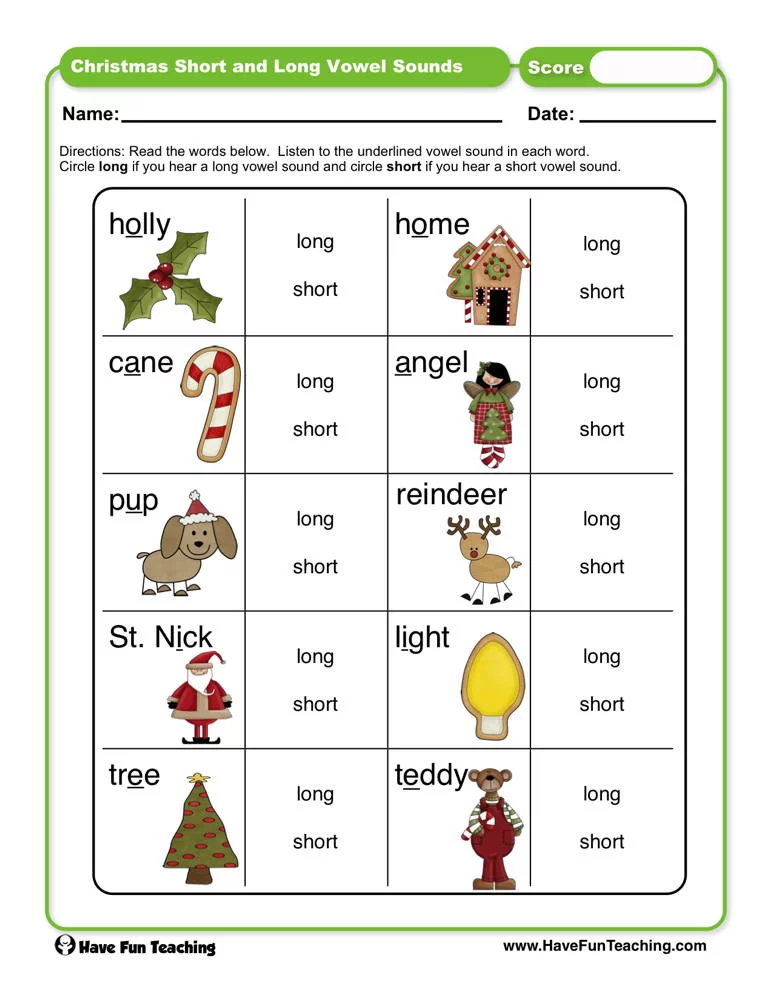 In English, vowels differ not only in positional but also in phonemic length. This means that long and short sounds, similar in other characteristics, represent different phonemes. Words that differ only in these phonemes have different meanings: ship - sheep , fit - feet , pull - pool . Therefore, it is so important to pronounce long and short sounds correctly.
In English, vowels differ not only in positional but also in phonemic length. This means that long and short sounds, similar in other characteristics, represent different phonemes. Words that differ only in these phonemes have different meanings: ship - sheep , fit - feet , pull - pool . Therefore, it is so important to pronounce long and short sounds correctly.
In transcription, long vowels are indicated with a colon: [i:], [α:], [ɔ:], [u:], [ә:]. In some cases, long vowels in an unstressed position are reduced and become semi-long, which in transcription is indicated by one dot from above: [α ].
The long vowels listed above are opposed to short vowels, forming the following pairs in English:
- [i:] - [ı]
- [uː] - [u]
- [ɔ:] - [ɒ]
- [α:] - [ʌ]
- [ә:] - [ə]
The pronunciation of long and short English vowels often causes difficulties for Russian learners of English, since in Russian vowels do not have phonemic longitude, and we are not used to distinguishing the length of a vowel sound by ear.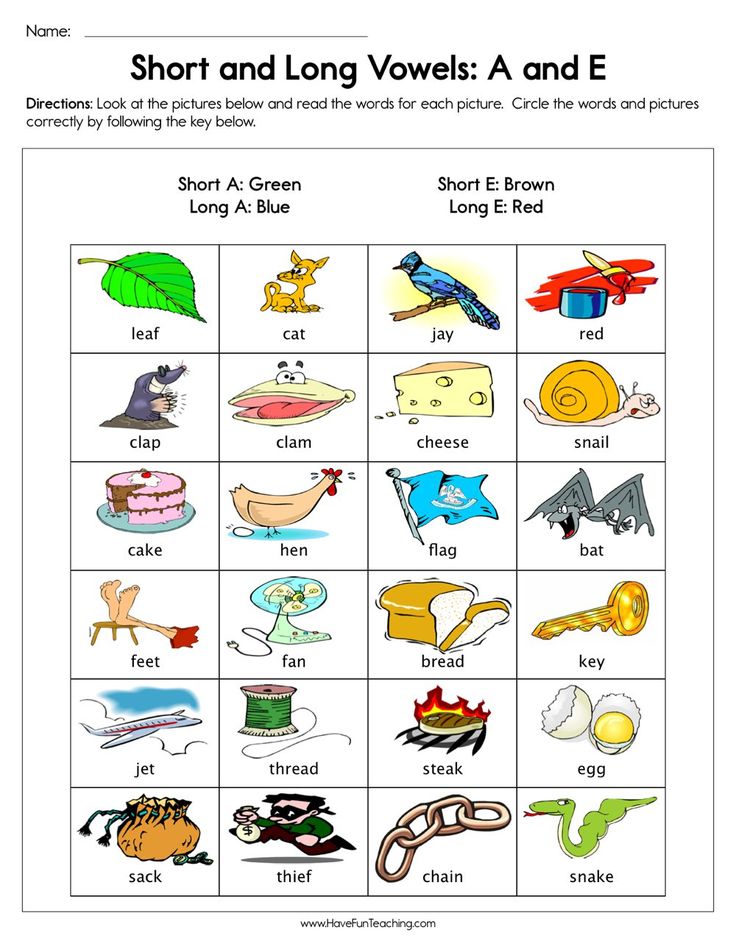 We often do not hear the difference between long and short vowels when listening to English speech. It is still not clear how long you need to draw a sound when speaking, so very unnatural, or almost inaudible, or too long vowels are obtained. It is impossible to correctly pronounce short and long sounds so that a native speaker hears the difference, even if you diligently shorten short vowels and stretch out long ones.
We often do not hear the difference between long and short vowels when listening to English speech. It is still not clear how long you need to draw a sound when speaking, so very unnatural, or almost inaudible, or too long vowels are obtained. It is impossible to correctly pronounce short and long sounds so that a native speaker hears the difference, even if you diligently shorten short vowels and stretch out long ones.
Sometimes it seems that native speakers themselves do not know the difference between short and long sounds, they seem to pronounce them the same way - but they themselves understand each other. But it's not. Let's see what are the differences between long and short English vowels, how to learn to hear them and how to train their pronunciation.
Differences between long and short English sounds
It is logical to assume that if vowels are called long or short, they differ in sound length. This is the main difference between them, but not the only one.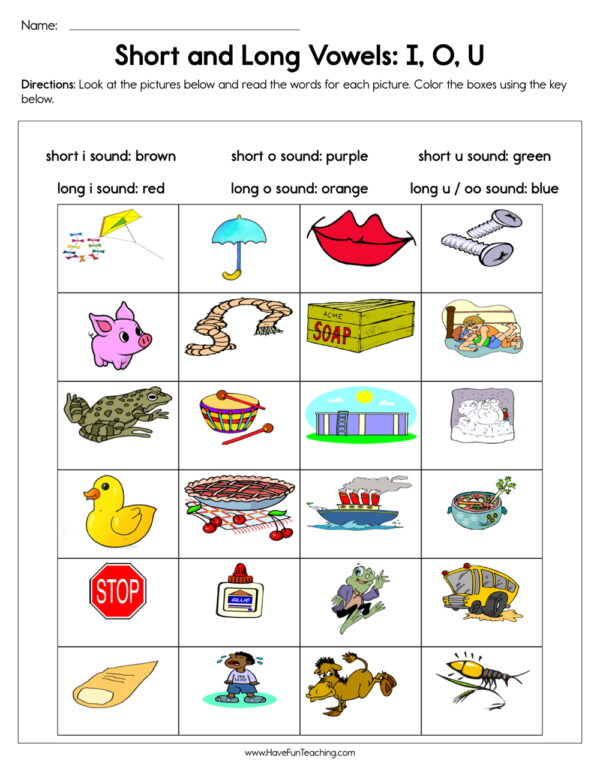 It is important to understand that long and short sounds have other differences, which consist in articulatory features. This means that the sounds are not just of different lengths, they are also different in sound. And most often it is these articulatory features that determine the length of the vowel sound: the duration of the sound depends on the position of the tongue and the tension of the vocal apparatus.
It is important to understand that long and short sounds have other differences, which consist in articulatory features. This means that the sounds are not just of different lengths, they are also different in sound. And most often it is these articulatory features that determine the length of the vowel sound: the duration of the sound depends on the position of the tongue and the tension of the vocal apparatus.
Long and short English vowels differ in such a characteristic as tension. Long vowels are tense, in English they are also called tense . When they are pronounced, the root of the tongue seems to be tense, under tension. The sound is pronounced, bright, rich, clear.
Short vowels are called lax – relaxed. The tongue in the region of the root is relaxed, the vowel sound is articulated quickly, easily, without additional effort, as if bursting. It turns out short, inconspicuous, faded and fuzzy.
Qualitative differences in sounds in different pairs of English vowels range from pronounced to almost imperceptible.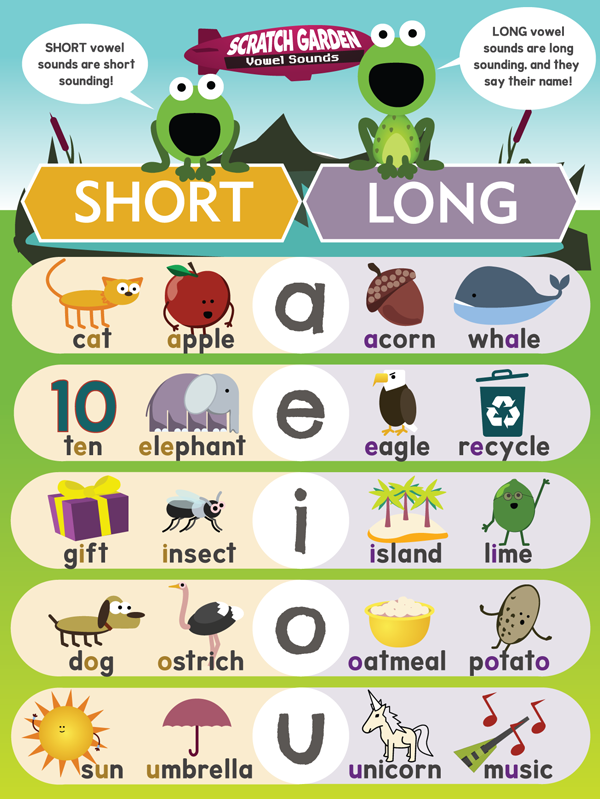 It is easy to notice the difference between long and short sounds a: pay attention to how the words cart and cut are pronounced, they differ not only in duration, but also in sound. But the differences between long and short u are almost imperceptible: pool and pull sound very similar, only slightly different in length. The Scots generally pronounce them the same way, differing only in context.
It is easy to notice the difference between long and short sounds a: pay attention to how the words cart and cut are pronounced, they differ not only in duration, but also in sound. But the differences between long and short u are almost imperceptible: pool and pull sound very similar, only slightly different in length. The Scots generally pronounce them the same way, differing only in context.
In addition, the duration of the pronunciation of vowels is also affected by positional longitude - for example, stressed or unstressed position in a word. As a result, a short vowel sound in one word may sound longer than a long sound in another word.
Thus, it is not enough to rely only on the subjective duration of a vowel sound. All the features of short and long vowels described above must be taken into account when learning English. It remains to understand how to master the pronunciation of long and short sounds in practice.
How to learn to pronounce long and short English vowels
The main mistake foreigners make when pronouncing long and short English sounds is focusing only on duration.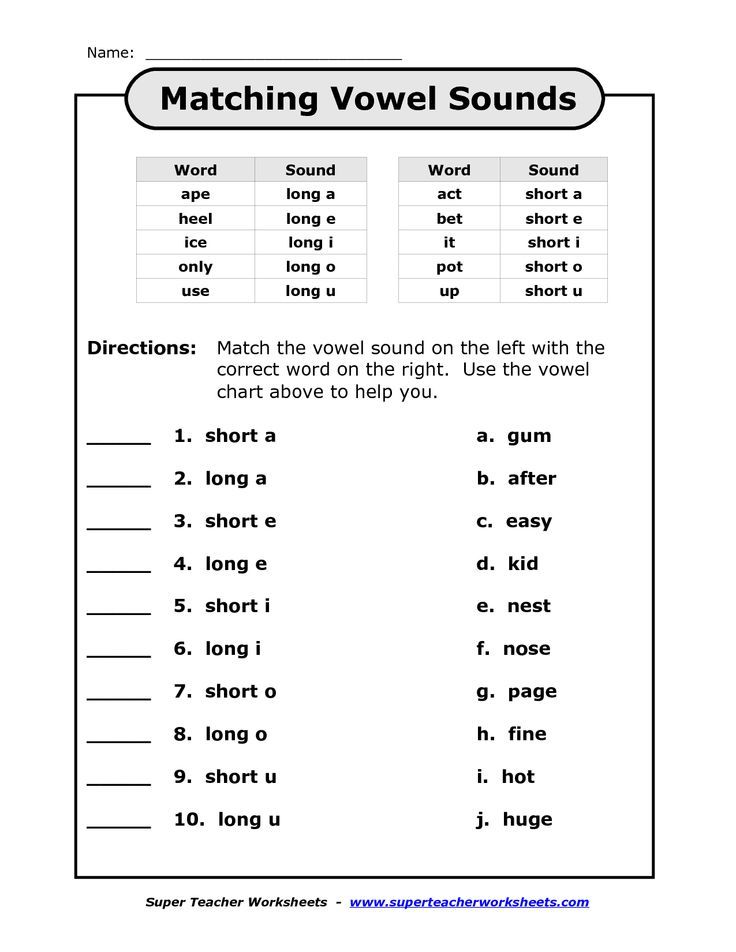 But with this approach, it is intuitively incomprehensible where the boundary between a long and a short sound passes: you can’t measure the length of a sound with a stopwatch. When trying to artificially lengthen or shorten a vowel, the sounds are unnaturally short or drawn out.
But with this approach, it is intuitively incomprehensible where the boundary between a long and a short sound passes: you can’t measure the length of a sound with a stopwatch. When trying to artificially lengthen or shorten a vowel, the sounds are unnaturally short or drawn out.
To learn how to pronounce long and short English sounds, you need to forget about the usual terminology "long" and "short". Try not to think about the duration of the sound at all. To correctly pronounce long and short vowels, you need to focus on their articulation, and not on duration. If we correctly reproduce the pronunciation of the vowel, then the duration will turn out to be correct automatically. Remember that long vowels require more tension at the root of the tongue, while short ones are pronounced without additional effort, easily and without tension.
Pay attention to how native speakers pronounce vowels - don't watch how long they draw them out, but watch the pronunciation, the articulation, the quality of the sound.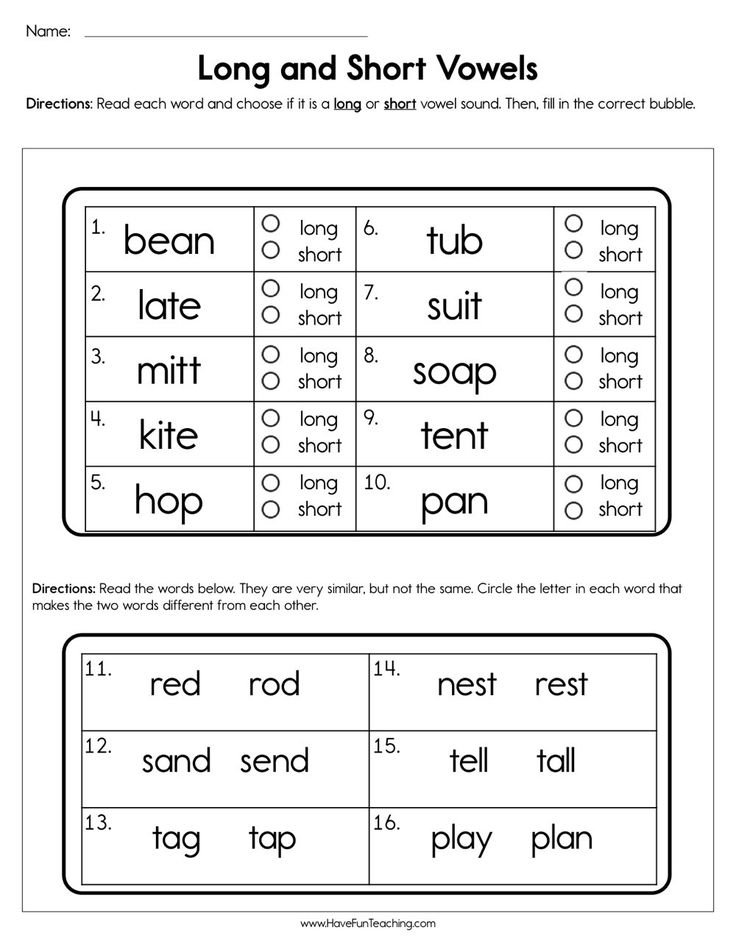 Repeat, imitate, practice. For practice, it is best to use video lessons or a conversation with a native speaker, since audio materials do not make it possible to see articulation.
Repeat, imitate, practice. For practice, it is best to use video lessons or a conversation with a native speaker, since audio materials do not make it possible to see articulation.
It is best to train long and short sounds not separately, but as part of words. First, this way you will note the influence of positional longitude on the duration of the sound in specific examples. Secondly, just as words are best learned in context, sounds are also best learned in the environment.
Practice pronunciation of long and short vowels in pairs of words to notice the difference between sounds, for example:
- Sport – hot
- Arm-cut
- See-hit
- Food-put
- Fur – ago
When you learn how to pronounce long and short vowels correctly in English, it will become easy to distinguish between them in speech. When listening to speech, forget about the differences in duration, pay attention to the qualitative differences in sounds - how intensely the vowel is pronounced, how bright or faded it sounds, how pairs of sounds differ from each other, except for duration.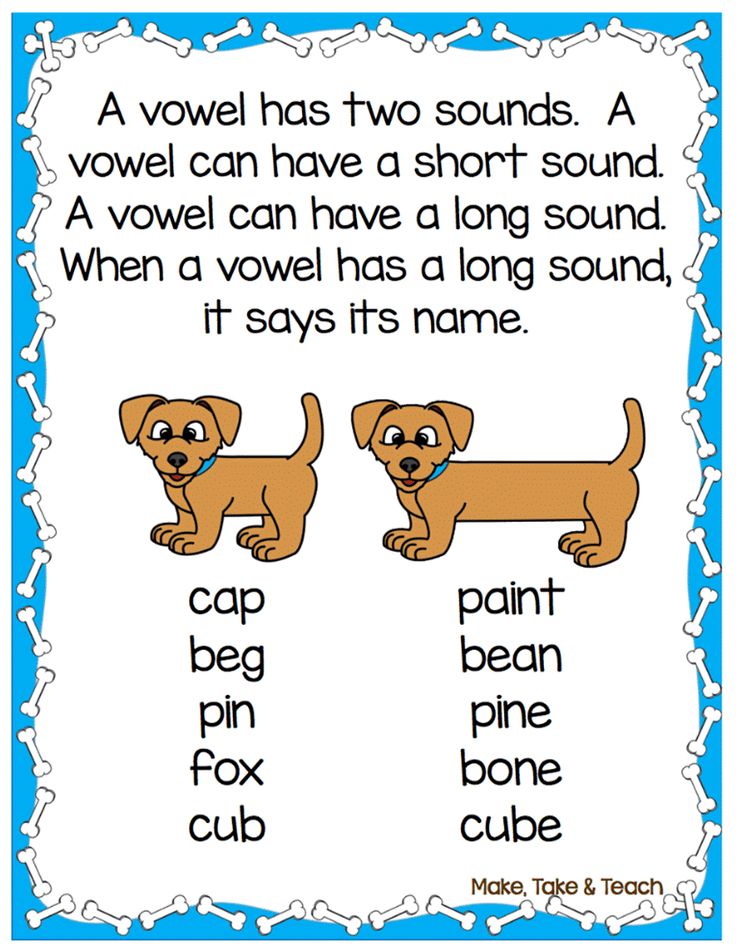
Long and short vowels in English
- home
- Information
- Materials for learning English
- Phonetics
- Short and long vowels
language Materials for learning EnglishSection AlphabetPhoneticsGrammarProverbs and sayingsAphorismsVideo lessonsBooksHow to start learning EnglishOnline lessonsJokesAbout online learningInteractive lessons
language
- Materials for learning English
Section
- Alphabet
- Phonetics
- Grammar
- Proverbs and sayings
- Aphorisms
- Video lessons
- Books
- How to start learning English
- Lessons online
- jokes
- About online learning
- Interactive lessons
Phonetics is the science of sounds. You can read about it for a very long time, but what's the point of reading when you need to hear, distinguish and pronounce these same sounds? And of course, it's best when you repeat after the so-called 'native speaker' (native speaker). No offense to Russian-speaking teachers will be said, but still our speech apparatus is used to extract Russian sounds from birth. And in order to reconfigure it in an English way, it takes a lot of effort and time, which teachers often do not have enough of.
You can read about it for a very long time, but what's the point of reading when you need to hear, distinguish and pronounce these same sounds? And of course, it's best when you repeat after the so-called 'native speaker' (native speaker). No offense to Russian-speaking teachers will be said, but still our speech apparatus is used to extract Russian sounds from birth. And in order to reconfigure it in an English way, it takes a lot of effort and time, which teachers often do not have enough of.
That's why we've put together short tutorial videos on English sounds from the BBC for you. This block is dedicated to long and short vowels. Just listen to them and repeat as many times as you can.
Short and Long Vowels
1. [u]
2. [I] - [I:]
3.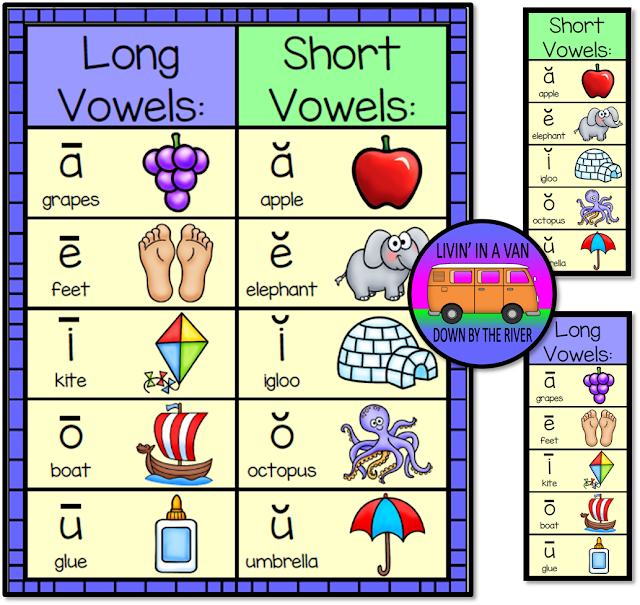 [ʌ ʌ ʌ ʌ ʌ ʌ ʌ ʌ ʌ ʌ ʌ ʌ ʌ ʌ æ]
[ʌ ʌ ʌ ʌ ʌ ʌ ʌ ʌ ʌ ʌ ʌ ʌ ʌ ʌ æ]
4. [əə ]
5. [ɒ]
6. [æ]
7. [i:] – [i]
8. [E]
9. [ɜː]
10.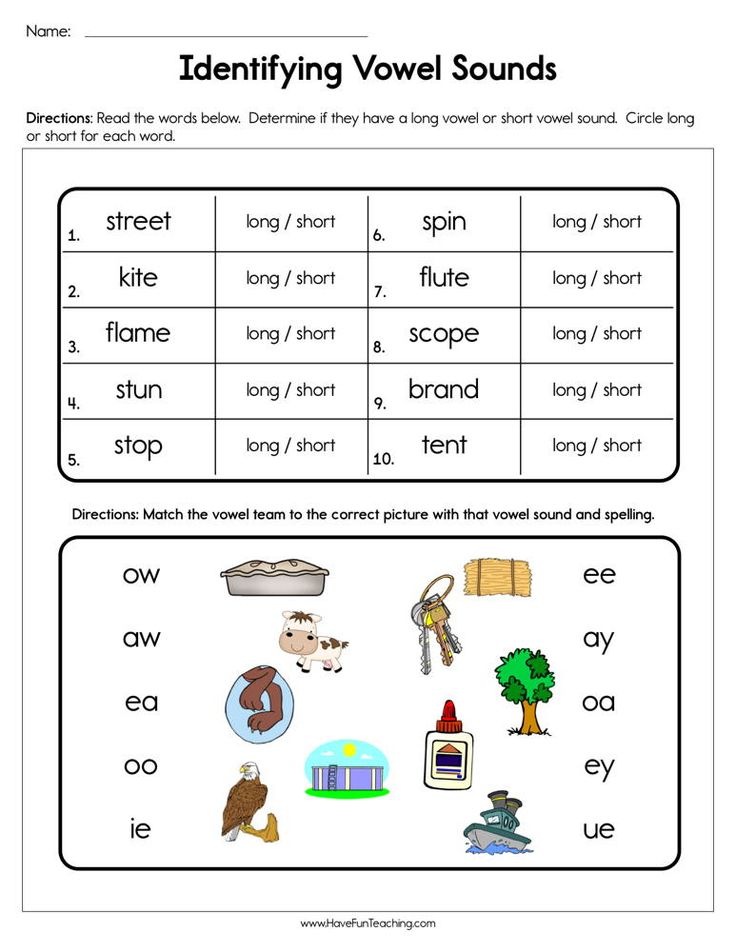 [ɔː]
[ɔː]
11. [U:]
12
Did you like the article? Share it with friends
Select your city
Moscow
- Belomorskaya
- Kuzminki
- Kuntsevo
- New Cheryomushki
- Paveletskaya
- Prague
- Prokshino
- Solntsevo
- Khovrino
Moscow
region
- Balashikha
- Zhukovsky
- Lytkarino
- Lyubertsy
- Podolsk
- Pushkino
- Ramenskoe
- Gangway
Vladimirskaya
region
- Alexandrov
Site search
Site search
Enroll
in courses
By clicking on the "Send request" button, I consent to the processing of personal data and agree to the privacy policy
Enroll
for the trial exam
By clicking on the "Submit Application" button, I consent to the processing of personal data and I agree with the privacy policy
Leave your number
and we will call you back at a convenient time for you
Please introduce yourself * Contact phone number *Time 10:0011:0012:0013:0014:0015:0016:0017:0018:0019:00
Time 10:0011:0012:0013:0014:0015:0016:0017:0018:0019:00
By clicking on the "Call me back" button, I consent to the processing of personal data and agree to the privacy policy
Thank you, your application has been sent
Our manager will contact you shortly.